(HNM) - Since 2019, Ho Chi Minh City has continuously started construction of 3 waste-to-energy plants (waste-to-energy plants). However, as of early April 2023, none of the plants have been built as planned. To solve this problem, the city and central ministries and branches are coordinating to "remove obstacles" for these important projects.
Unfinished projects
In 2019, Vietstar Joint Stock Company and Tam Sinh Nghia Investment and Development Joint Stock Company started construction of two waste-to-energy plants with a capacity of 2,000 tons of waste/day. These are two projects that have been granted investment certificates by the Ho Chi Minh City People's Committee. Along with that, two other enterprises also implemented construction of waste-to-energy plant projects, including Tasco Joint Stock Company (500 tons/day) and Vietnam Waste Treatment Company Limited (3,000 tons/day).
Thus, Ho Chi Minh City has had 4 waste-to-energy projects with a total expected amount of waste burned to generate electricity of about 7,500 tons/day out of a total of about 9,500 tons of household waste collected each day in the city at present (forecasted to be 13,000 tons/day by 2025). However, as of April 2023, no project has been completed.
Mr. Tran Nguyen Hien, Head of Solid Waste Management Department (Department of Natural Resources and Environment of Ho Chi Minh City) said that many problems have arisen when businesses prepare and implement waste-to-energy projects. Specifically, with 2 projects that have started construction, the investors are implementing slowly because there is no legal basis to convert technology and increase the amount of waste to be treated; the power source has not been included in the national planning for the development of power sources using solid waste. If all goes well, these plants will be able to operate and generate electricity by the end of 2024. The remaining two projects are still in the process of implementing procedures related to project investment.
At this rate, the treatment of household waste in Ho Chi Minh City will become increasingly difficult. According to the Department of Natural Resources and Environment, by 2024, the amount of daily household waste in the city will exceed the current receiving and processing capacity, and the surplus will reach 9,000 tons by 2025, because the Da Phuoc landfill has run out of landfill capacity. That is not to mention other types of garbage and solid waste in the city.
Without a waste-to-energy plant, Ho Chi Minh City will find it difficult to achieve the goals set out in the Resolution of the 11th Ho Chi Minh City Party Congress, term 2020-2025. Accordingly, the city strives to have at least 80% of domestic waste treated with modern new technology (burning to generate electricity) and recycled by 2025, equivalent to 10,000 tons of waste/day (aiming for 100% by 2030).
Remove the blockage
The first is the legal bottleneck, related to Decree No. 32/2019/ND-CP dated April 10, 2019 of the Government regulating the assignment, ordering or bidding for the provision of public products and services using the state budget from regular expenditure sources. Accordingly, the People's Committee of Ho Chi Minh City is allowed to bid on the basis of signed contracts to select waste-to-energy incineration facilities, using regular expenditure sources.
Specifically, Vietstar Joint Stock Company (Cu Chi District) signed a contract to process 1,200 tons of waste/day. Tam Sinh Nghia Development Investment Joint Stock Company (Cu Chi District) signed a contract to process 1,000 tons of waste/day. Now, if these companies are required to increase the amount received to 2,000 tons/day and switch to waste-to-energy technology, the city has no basis for implementation and regular budget expenditure. Vietnam Waste Treatment Company Limited also has no legal basis to build a waste-to-energy plant (initially processing 3,000 tons/day according to the contract and will increase capacity according to the roadmap with the actual amount of waste received).
To resolve this problem, Director of the Department of Natural Resources and Environment of Ho Chi Minh City Nguyen Toan Thang informed that the city has proposed that the Central Government allow the city to order additional businesses to increase the amount of waste received each day to process using waste-to-energy incineration technology.
Second, the city proposed to call for investment in a project to treat domestic waste under the public-private partnership (PPP) model, a build-lease-transfer (BLT) contract. However, this type of BLT contract has not yet been guided by ministries and branches for implementation. If applied, the city could call for another investor to build a waste-to-energy plant with a capacity of 2,000 tons/day.
In fact, the investment cost for a waste-to-energy plant with a capacity of 2,000 tons/day is more than 4,000 billion VND. Ho Chi Minh City has mobilized more than 3.4 trillion VND from Vietstar Joint Stock Company; and nearly 5,000 billion VND from Tam Sinh Nghia Investment and Development Joint Stock Company to invest in building 2 waste-to-energy plants. Now that there is an additional mechanism, attracting investment in waste-to-energy is feasible.
“These solutions will encourage investors to build advanced, modern technology treatment plants, helping the city ensure waste security and limit the treatment of domestic solid waste by landfill technology,” Vice Chairman of Ho Chi Minh City People's Committee Duong Anh Duc emphasized.
Source


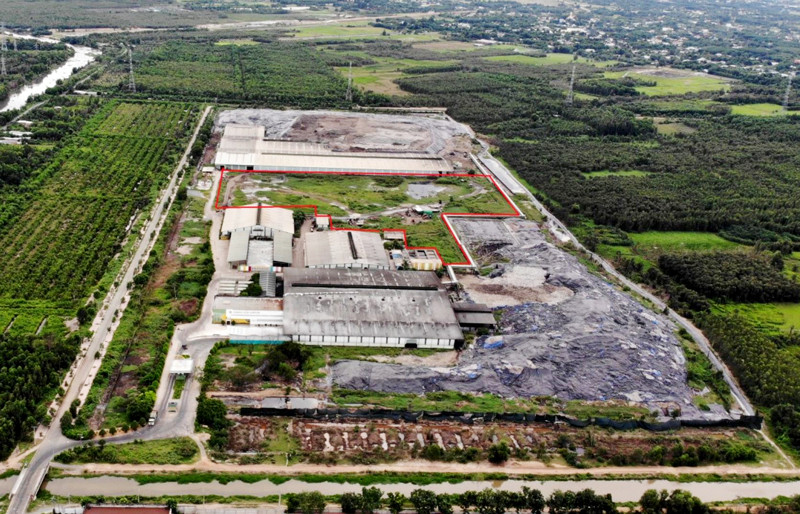







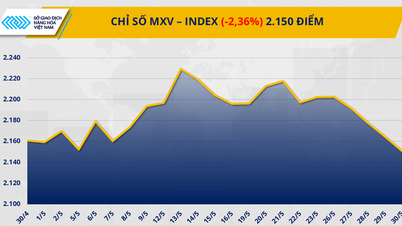



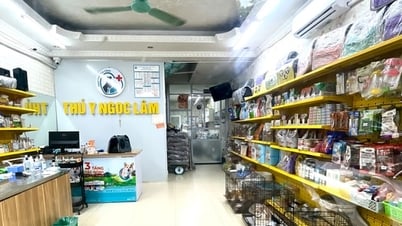





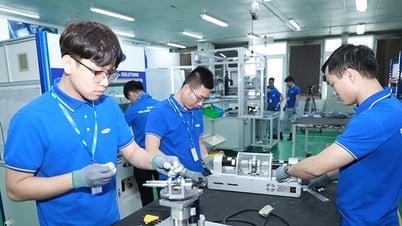


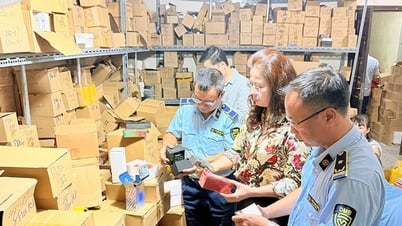








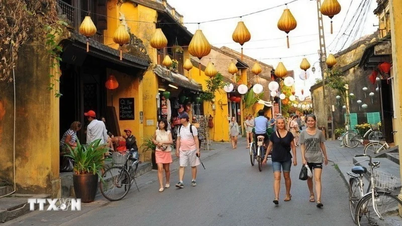

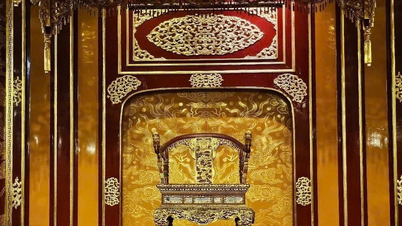
















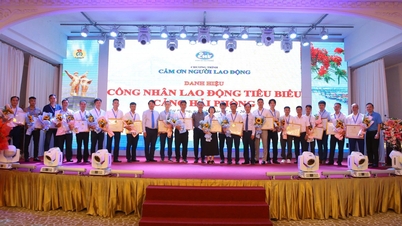









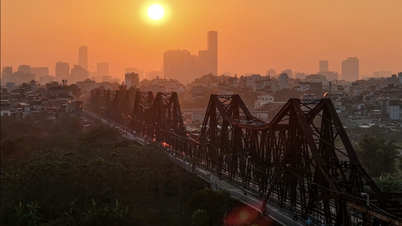










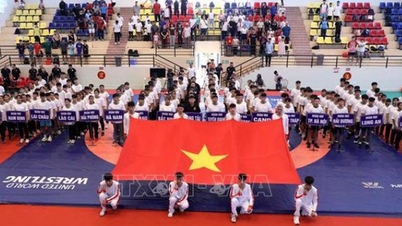
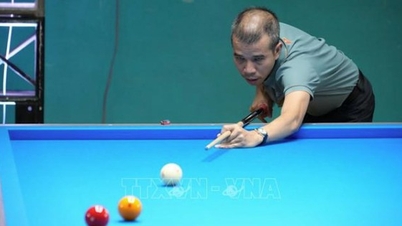
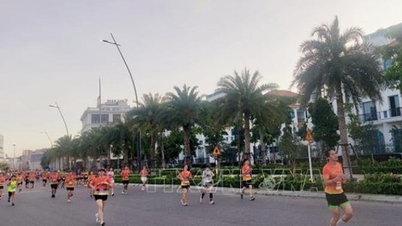

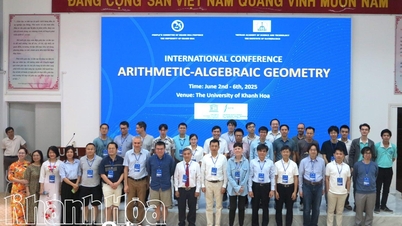

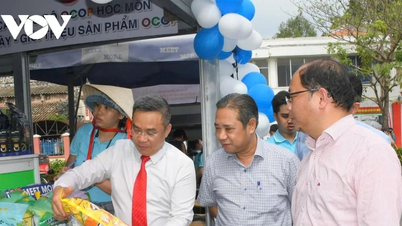

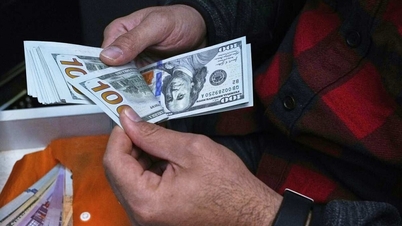



















Comment (0)